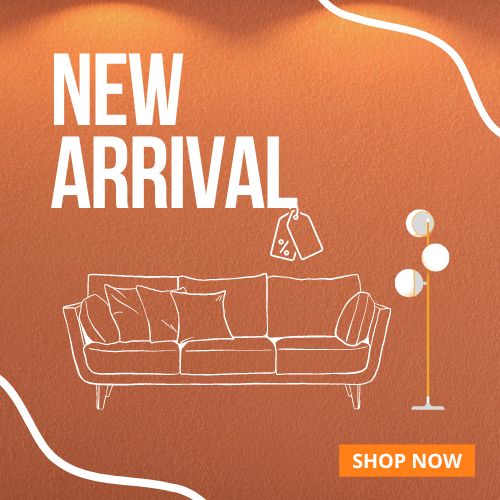.jpg) In the ever-evolving realm of interior design, contemporary classics hold a revered status. These are the pieces that seamlessly merge modern aesthetics with enduring charm, transcending passing trends. Join us as we delve into the realm of contemporary classics, where modern furniture pieces acquire a timeless allure, adding sophistication and grace to any setting.
In the ever-evolving realm of interior design, contemporary classics hold a revered status. These are the pieces that seamlessly merge modern aesthetics with enduring charm, transcending passing trends. Join us as we delve into the realm of contemporary classics, where modern furniture pieces acquire a timeless allure, adding sophistication and grace to any setting.
The Iconic Eames Lounge Chair: Symbolising Sophistication
Few pieces epitomise contemporary classics like the Eames Lounge Chair. Crafted by Charles and Ray Eames in the 1950s, this iconic chair continues to captivate with its sleek design, sumptuous leather upholstery, and unparalleled comfort. Its enduring popularity attests to its timeless appeal, making it a coveted addition to any modern living space.
The Barcelona Chair: Epitome of Modernist Elegance
Designed by Ludwig Mies van der Rohe for the German Pavilion at the 1929 International Exposition in Barcelona, the Barcelona Chair remains a quintessential example of modernist design. With its clean lines, geometric form, and luxurious leather upholstery, this iconic chair exudes elegance and sophistication. Its enduring popularity over decades solidifies its status as a contemporary classic.
The Saarinen Tulip Table: Simplicity and Grace
Designed by Finnish-American architect Eero Saarinen in the 1950s, the Saarinen Tulip Table embodies the power of simplicity. Its sleek pedestal base and smooth, rounded top epitomise modernist elegance, while its timeless design ensures it remains a sought-after piece in contemporary interiors. Whether used as a dining table, coffee table, or side table, the Saarinen Tulip Table adds refinement to any space.
The Arne Jacobsen Egg Chair: A Modernist Masterpiece
Designed by Danish architect and designer Arne Jacobsen in 1958 for the lobby of the Radisson Blu Royal Hotel in Copenhagen, the Egg Chair is a modernist masterpiece. Its sculptural form, organic curves, and cocoon-like shape create intimacy and comfort, making it a beloved piece in contemporary interiors worldwide. With its timeless design and unrivalled comfort, the Egg Chair remains a symbol of sophisticated modernity.
The Noguchi Coffee Table: Sculptural Simplicity for Modern Living
Designed by Japanese-American artist Isamu Noguchi in 1944, the Noguchi Coffee Table showcases the beauty of sculptural simplicity. Its biomorphic shape, organic lines, and harmonious proportions make it a striking focal point in any contemporary living space. With its ability to blend seamlessly with various interior styles, the Noguchi Coffee Table continues to captivate with its timeless elegance.
Embracing Timeless Design in Modern Interiors
Contemporary classics offer a fusion of modern aesthetics and timeless allure, infusing sophistication and elegance into any interior. Whether it's the iconic Eames Lounge Chair, the elegant Barcelona Chair, or the sculptural Noguchi Coffee Table, these pieces inspire with their enduring charm. By embracing timeless design principles, we can create spaces that transcend trends and endure the test of time.



.jpg)


.jpeg)